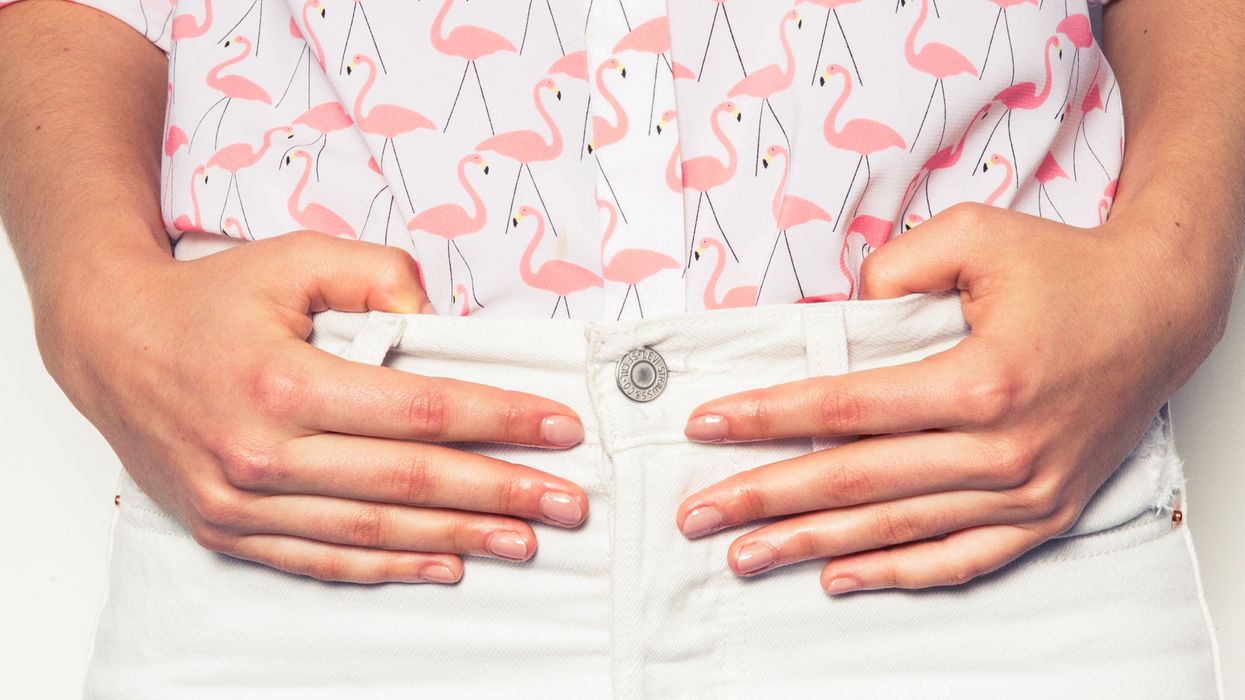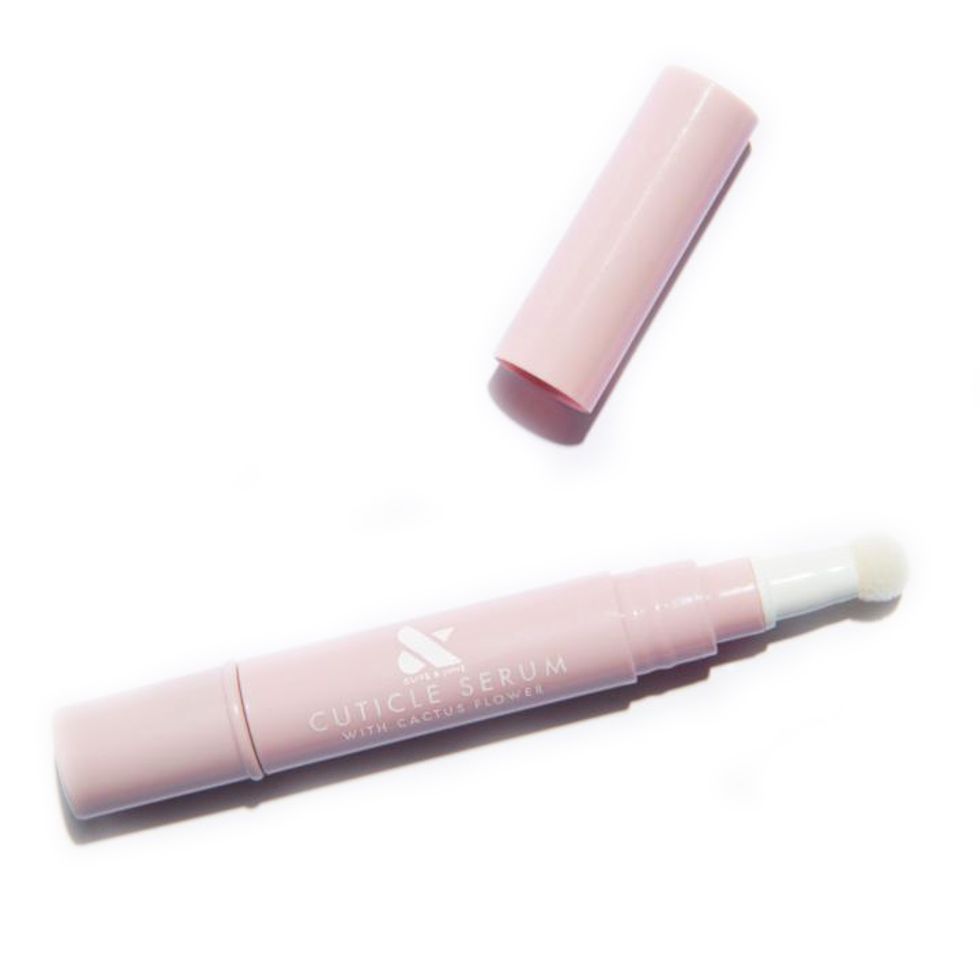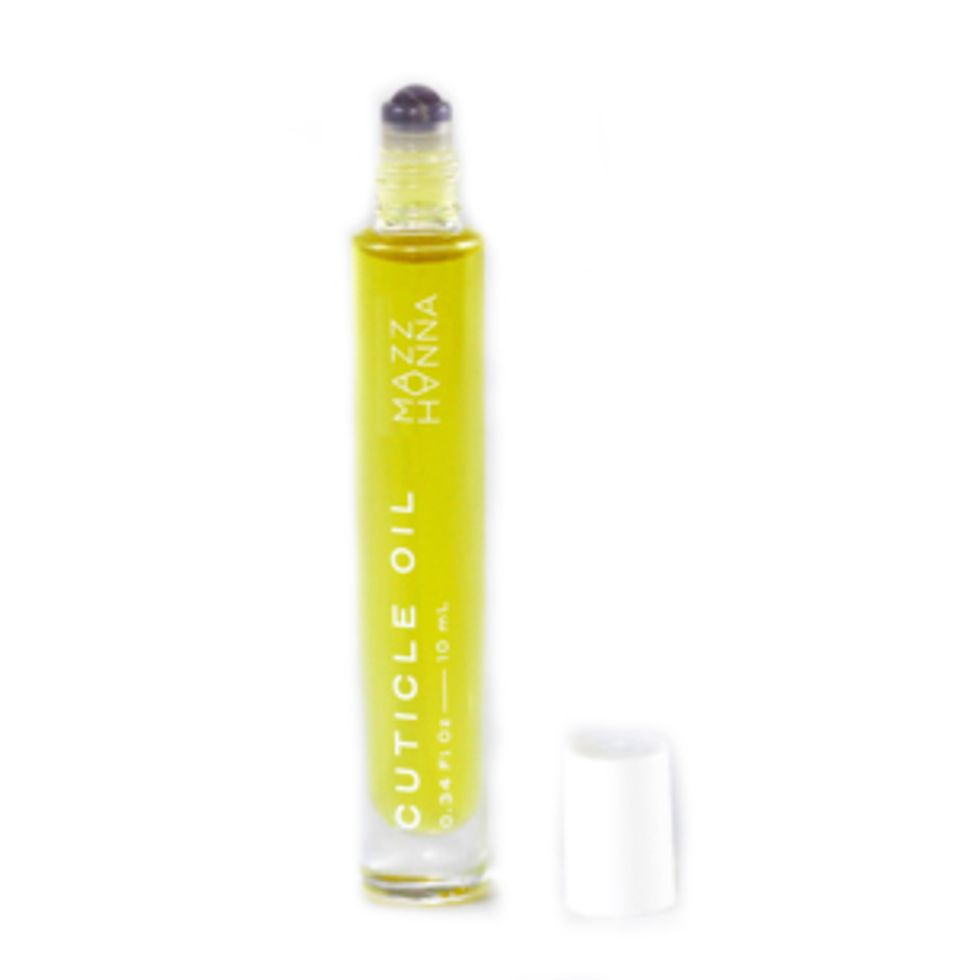I Have Seen the End of Mani-Pedis and Our Nails Will Be Fine
A case for letting your natural nails breathe during social distancing.

Hi, it’s me, I’m you. From the future. You know, Future You—the one that lived through the isolation and the anxiety of the novel coronavirus; the one that emerged from the social distancing and the stay-at-home orders with a fresh perspective and a renewed appreciation for the planet. Things are great now! The economy is thriving! You started a vegetable garden and installed a bidet (because there’s no way you’ll be caught unprepared for a global pandemic again), and Obama has been reelected for an unprecedented third term.
OK, fine, you caught me. I am not Future You, and I have no idea how this all turns out. There is one thing I do know, though: Our nails will be fine.
How do I know this? I stopped using nail polish about six months ago, after researching nail polish ingredients for an article and finding them all to be mildly terrifying. (Do you know what’s in those little bottles of lacquer? Sometimes formaldehyde releasers, occasionally tumor instigators, always petrochemical plasticizers. Not the best for a chronic biter, but I digress.) As I removed my final coat of polish, a lifetime of frumpy-looking fingertips flashed before my eyes. I resigned myself to my fate.
Except… Two months after enacting my personal no-polish policy, my nails were, in a word, beautiful. I had (and still have) strong, shiny, smooth-to-the-touch nail plates. Hydrated cuticles. A permanent French “pedicure” on my toes, with a healthy pink base and solid white tips.
This struck me as strange, until I realized that the iconic French manicure is, essentially, a faux-recreation of au naturel nails—what nails would look like on their own, without the damage and discoloration from constantly covering them in polish and gel and acrylic glue. I mean, the first French manicure set, created in the 1970s by the founder of Orly, was even named the “Natural Look Nail Kit.”
Then it struck me as sad, almost. How did we get here—painting artificial natural nails onto our actual natural nails? Setting them in place with synthetic sunlight (that can also cause skin damage) pumped through a plastic dome? And paying for it?
Well, maybe it’s only my freakish nails that grow out into a perfect French, I told myself. But nope, I checked with experts, and it’s not just me. Beautiful nails are available to all, and all you have to do is nothing.
Why Do Your Naked Nails Look So Rough, Then?
Sarah Gibson Tuttle, founder of Olive & June, believes acrylics are the worst offenders when it comes to damage. “They add length and depth that cause nails to become thin and indented, similar to what eyelash extensions do to your natural eyelashes,” she explains.
“Nails can become thin, brittle, or discolored after constant gel use,” adds Mazz Hanna, a celebrity nail artist and founder of an eponymous nail-care line. Even regular polish can turn nails yellow, over-buffing can weaken the nail plate, and cuticle clipping can leave demarcations.
But the majority of natural nail destruction can be traced back to the removal process. “I’m sure this goes without saying, but picking off gels and acrylics is one of the absolute worst things you can do to your nails,” Hanna says. “It’s equivalent to picking a pimple—a huge no-no.” Picking off traditional polish isn’t much better. “It can lift pieces of your nail plate, which leads to damage, like peeling nails,” Gibson Tuttle shares. And acetone removers? My fingertips hurt just typing the words.
Nails—the precious little bits of protein that they are—are surprisingly resilient, so the occasional acrylic session or acetone soak isn’t a huge deal. The real issue starts when the polish is removed, the wreckage is revealed, and the instinct to cover up said wreckage with more filing, buffing, clipping, gel-ing, gluing, varnishing, and removing kicks in. The problem is compounded, and the cycle never ends.
How to Stop the Cycle Of Damage
“If there is damage that’s been done, it typically takes until the damaged nail has fully grown out [to regain full health],” says Gibson Tuttle. That can last anywhere from two to six months, depending on length. Luckily, restoring your natural nails requires very little effort: Just put down the polish, forget about filing and buffing them into oblivion, and stop picking.
“While your nails are rehabbing, our best advice is to hydrate your cuticles daily, if not multiple times a day, with a cuticle serum to promote healthy nail growth,” the Olive & June founder shares. (Olive & June’s Cuticle Serum is modeled after eye serum, “because these are both areas of thin skin that need layer upon layer of hydration,” and Mazz Hanna’s Cuticle Oil is infused with an anxiety-easing amethyst crystal to discourage biting and picking.)
That’s not to say the grow-out phase will be pretty. You will take your polish off and see yellowed fingernails, with bumps and grooves from acrylic removal or cuticle clipping. If you’re anything like me, your toes will look more like toes from the CSI: Miami morgue: grey-ish, lifeless, missing only a hang tag. You will be tempted to hide it all under a layer of liquid plastic. Your nails will thank you if you don’t.
Why to Leave Your Nails Alone Now
As much as we’d like to fill up our time sheltering in place with DIY mani-pedis, stopping altogether is an option that should not be ignored. What if we got used to how we look with unmanicured fingertips? Released the need to mask the messiness that comes with healing? “Let our nails breathe,” as Hanna puts it?
Gibson Tuttle, the unofficial queen of the at-home manicure, admits your nails could probably use the break. “I like to do a major nail cleanse two to four times a year,” she says, “but it's about what feels best for you.”
For me, what feels best is embracing my nails as they are—supporting their inherent strength and beauty—and rejecting the idea that they need to be polished to perfection, even in a pandemic. With so much uncertainty in the world right now, I can at least be certain of this: My nails—our nails—will be just fine.
Want more stories like this?
Warning Signs You Need to Lay Off Your Mani-Pedi Routine
How to Remove a Gel Manicure Without Killing Your Nails
It’s True: Press-On Nails Are Back


